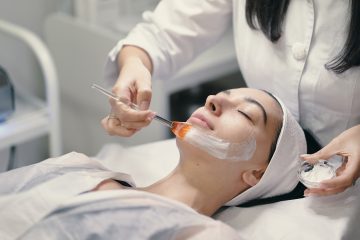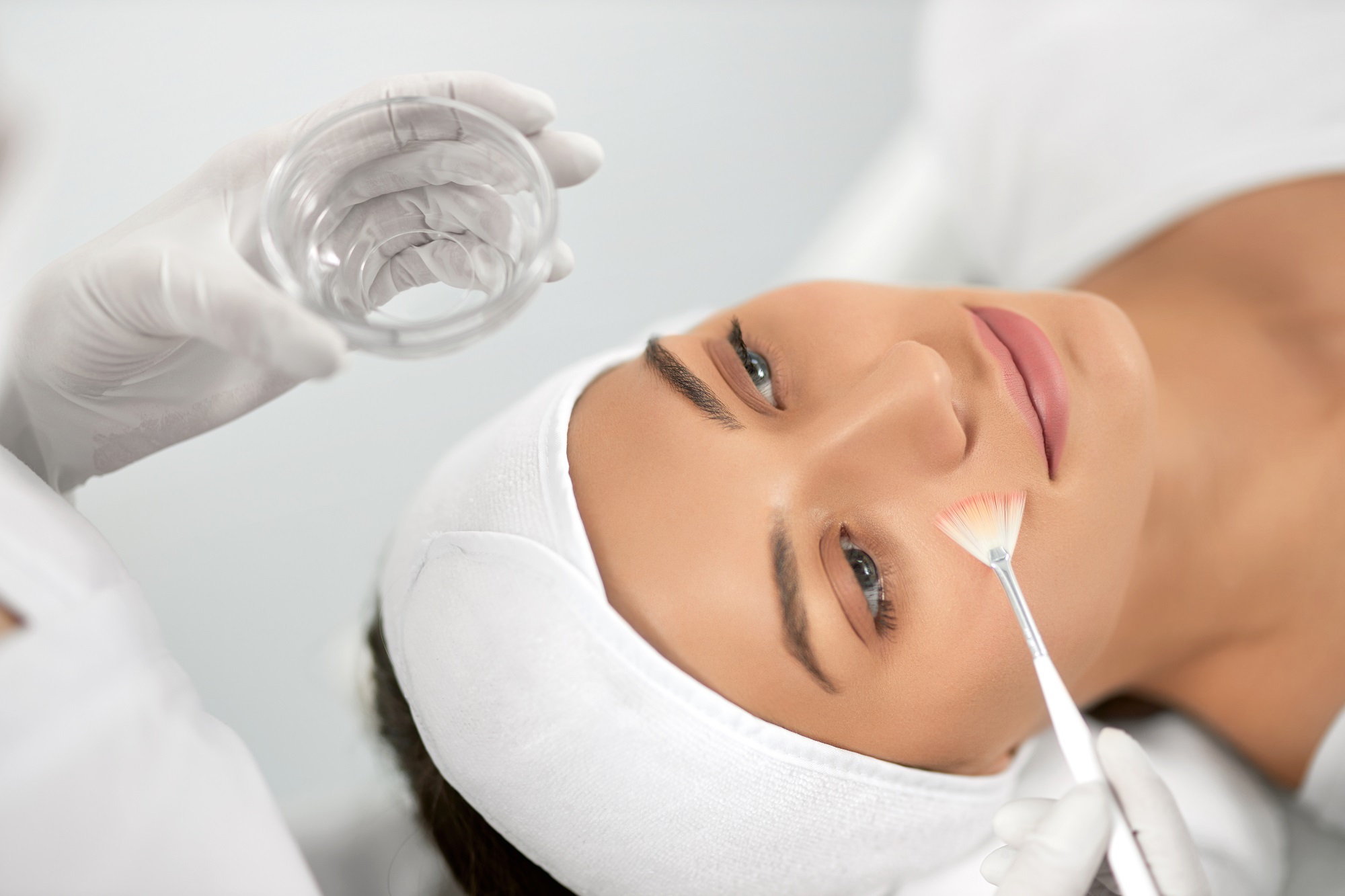Are you ready to rejuvenate your skin and achieve a radiant, youthful complexion? Chemical peels are a popular cosmetic treatment that can help you achieve just that. By exfoliating the outer layers of the skin, chemical peels stimulate cell turnover, revealing fresh, new skin underneath. With a variety of chemical peels available, it’s essential to understand the different types and their benefits to determine which one is best suited for your skin concerns.
Benefits of Chemical Peels for the Skin
Chemical peels offer a range of benefits for the skin, making them a versatile treatment option for various skincare concerns. One of the primary benefits of chemical peels is their ability to improve skin texture and tone by removing dead skin cells and stimulating collagen production. This leads to smoother, more even-looking skin with a youthful glow.
In addition to enhancing skin texture, chemical peels can also help reduce the appearance of fine lines and wrinkles. By promoting cell turnover and collagen synthesis, chemical peels can minimize the signs of aging, leaving your skin looking firmer and more youthful. Furthermore, chemical peels are effective at reducing hyperpigmentation, such as sun spots, age spots, and melasma, by targeting excess pigmentation in the skin.

Another significant benefit of chemical peels is their ability to unclog pores and reduce acne breakouts. By exfoliating the skin and removing impurities, chemical peels can help prevent acne lesions and improve overall skin clarity. Whether you’re dealing with acne, aging skin, sun damage, or uneven skin tone, there is a chemical peel that can address your specific concerns and help you achieve your skincare goals.
Common Types of Chemical Peels
Glycolic Acid Peels:
Glycolic acid peels are superficial peels that are popular for their ability to exfoliate the skin gently. Derived from sugar cane, glycolic acid works by breaking down the bonds between skin cells, allowing for easier shedding of dead skin cells. Glycolic acid peels are excellent for improving skin texture, reducing fine lines and wrinkles, and promoting collagen production.
Salicylic Acid Peels:
Salicylic acid peels are beta-hydroxy acid peels that are particularly beneficial for acne-prone skin. It penetrates deep into the pores, exfoliating the inside walls of the follicles and effectively unclogging pores. This makes salicylic acid peels an ideal choice for individuals struggling with acne, blackheads, and large pores.
TCA Peels:
Trichloroacetic acid (TCA) peels are medium-depth peels that can address a range of skin concerns, including fine lines, wrinkles, hyperpigmentation, and uneven skin tone. TCA peels work by removing the outer layers of the skin, stimulating collagen production, and revealing smoother, more youthful-looking skin. These peels typically require some downtime for recovery but deliver significant skin rejuvenation.

Jessner’s Peel:
Jessner’s peel is a more intense chemical peel that combines salicylic acid, lactic acid, and resorcinol to exfoliate the skin and improve various skin issues. This type of chemical peel is effective at treating acne, hyperpigmentation, sun damage, and mild scarring. This peel penetrates deeper into the skin than superficial peels, making it suitable for individuals looking for more dramatic results.
Choosing the Right Chemical Peel for Your Skin Type and Concerns
When selecting a chemical peel, it’s crucial to consider your skin type, concerns, and desired outcomes. Consultation with a skincare professional is recommended to determine the most suitable peel for your specific needs. Factors such as skin sensitivity, tolerance to downtime, and desired level of exfoliation should be taken into account when choosing a chemical peel.
It’s essential to communicate your skincare goals and concerns to your provider to ensure they recommend the most appropriate peel for you. Whether you’re seeking to address aging skin, acne, hyperpigmentation, or overall skin rejuvenation, there is a chemical peel that can help you achieve your desired results. Remember that consistency and proper aftercare are key to maximizing the benefits of your chemical peel treatment.
Preparing for a Chemical Peel
Before undergoing a chemical peel, there are some essential steps you can take to prepare your skin for the treatment. It’s crucial to discontinue the use of certain skincare products, such as retinoids and exfoliating acids, in the days leading up to your peel to prevent skin irritation. Additionally, staying hydrated, using a gentle cleanser, and applying sunscreen daily can help optimize the results of your chemical peel.

During your consultation, your skincare provider will provide you with specific pre-peel instructions to ensure your skin is adequately prepared for the treatment. Following these guidelines will help minimize the risk of adverse reactions and maximize the effectiveness of the peel. By preparing your skin properly, you can enhance the results of your chemical peel and promote optimal skin healing.
Aftercare and Recovery from a Chemical Peel
After receiving a chemical peel, proper aftercare is essential to support skin healing and achieve the best possible results. Your provider will give you detailed post-peel instructions, which may include using gentle skincare products, avoiding direct sunlight, and refraining from picking or peeling the skin. It’s crucial to follow these guidelines to prevent complications and promote a smooth recovery.
Depending on the type of chemical peel you receive, you may experience some redness, flaking, or peeling in the days following the treatment. This is a normal part of the skin renewal process and indicates that the peel is effectively exfoliating the skin. Be sure to moisturize the skin, protect it from the sun, and avoid harsh ingredients that could irritate the skin during the healing process.
Conclusion
In conclusion, chemical peels are a powerful skincare treatment that can address a variety of skin concerns and help you achieve a smoother, more youthful complexion. By understanding the different types of chemical peels and selecting the right one for your skin type and concerns, you can unlock the full potential of this transformative treatment. Remember to consult with a skincare professional, prepare your skin adequately, and follow proper aftercare guidelines to maximize the benefits of your chemical peel experience. Embrace the journey to healthier, more radiant skin with the perfect chemical peel for you!
